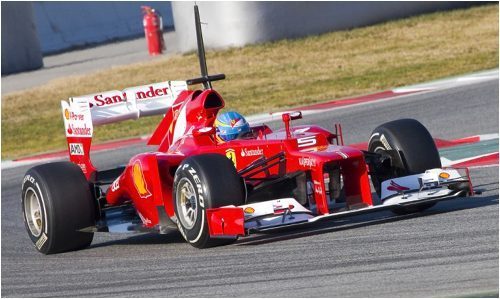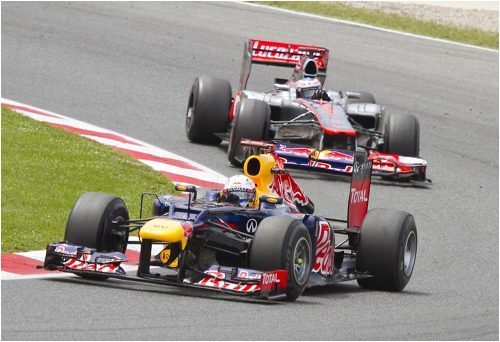Advances in Formula 1 Safety
During the 1950s, it could be said that very little, if any thought, was ever given to safety requirements in Formula One.
Today’s races are a different matter. Regulations are clearly set out by the Fédération Internationale de l’Automobile (FIA), almost on a rolling basis. If we were to look backwards through time, we would see the number of safety rules disappearing one by one right through until the 1950s; where they were almost considered ‘non grata’.
The beginning
Although Formula One had been taking place since 1948, the 1950s represent the decade of the sport’s highest popularity and the threat of death was considered a worthy risk for winning a race.
Unlike the regular technological advances of today, this early era of Formula 1 did not see regular changes to the cars and so officials did not consider the changing of regulations to be a high priority throughout the early seasons.
The first notable death occurred in Indianapolis, where 50 year old Chet Miller died during the practice of what would have been his 17th race.

Safety’s slow start
During the 1960s, the teams’ top mechanics and designers began to think more about the safety aspects of their vehicles. Coupled with this, drivers became increasingly aware of the deaths occurring in the sport, and began to lobby for safer racing conditions.
Between 1963 and 1967, the FIA added a number of safety features to the circuits, cars and the drivers. Most notably (and shocking to think of now), protective helmets became obligatory during this period.
Flag signalling code was introduced in 1963 to warn drivers of driving conditions and crashes.
Despite these advances, in this 5 year period there were a total of 50 races with three fatalities and 47 accidents.
The years 1968 through 1972 saw even more rules and regulations added, yet in a total of 59 GP races, 88 accidents occurred, killing four racing drivers.
The beginnings of the modern era
As the sport raced into the 1970s, the cars began to more resemble what we’re used to seeing today, which also meant they were becoming more powerful. The arms race between teams now forced the FIA to introduce even more rules and regulations.
Between 1973 and 1977 there were a total of 250 accidents from 77 races which resulted in the deaths of five drivers and one official. In 1977 the FIA stated that all helmets must be FIA approved, and in 1974, that catch fences and sand must be introduced around all race circuits.
Between 1983 and 1987, although accidents stayed high at 218 in 79 GP races, crucially there were no fatalities in the sport of either drivers or officials. Finally, the increased focus on safety seemed to be having an effect on fatalities.
In 1985 new models had to go frontal crash tests and in 1986 a medical helicopter became obligatory for all races.

Avoidable accidents shadow the 1990s
Though throughout the 1990s, more rules were introduced than ever before, between 1993 and 1997, no less than 382 accidents occurred, killing two drivers, including the legendary Ayrton Senna, who died at the 1994 San Marino Grand Prix.
Rules introduced during this period included crowd measures, wheels made from an homogeneous metallic material, smoothed raised curbs and pit wall shields.
In Recent Times
Thanks to many of the rules which were introduced in the 1990s, crashes are very much on the decline and the last fatality was Senna back in 1994.
In 2010, Felipe Massa admitted that if a severe crash at the Hungarian Grand Pre had occurred ten years earlier, he would be dead; thus highlighting just how far safety measures have come since the coming of the millennium.
The death of Ayrton Senna was a landmark to many in Formula One, and one that taught a tragic, yet necessary, lesson to the sport and the FIA.
Have any safety advancements in Formula One affected the roads today?
Perhaps unsurprisingly, there are many racing innovations that have found their way into the cars that we drive and the roads that we drive on.
For example, tyres have come along in leaps and bounds thanks to experimentation from Formula One tyre manufacturers. In fact, the carcass design, actually comes directly from Formula One.
If you want to know more about safety designs, companies such as Tyres on the Drive can guide you through purchasing the right tyres for your car.
Other than this, green technologies have been passed between both Formula One and every day car manufactures to make sure that both are as efficient as possible.




